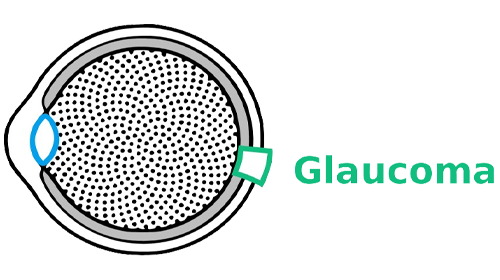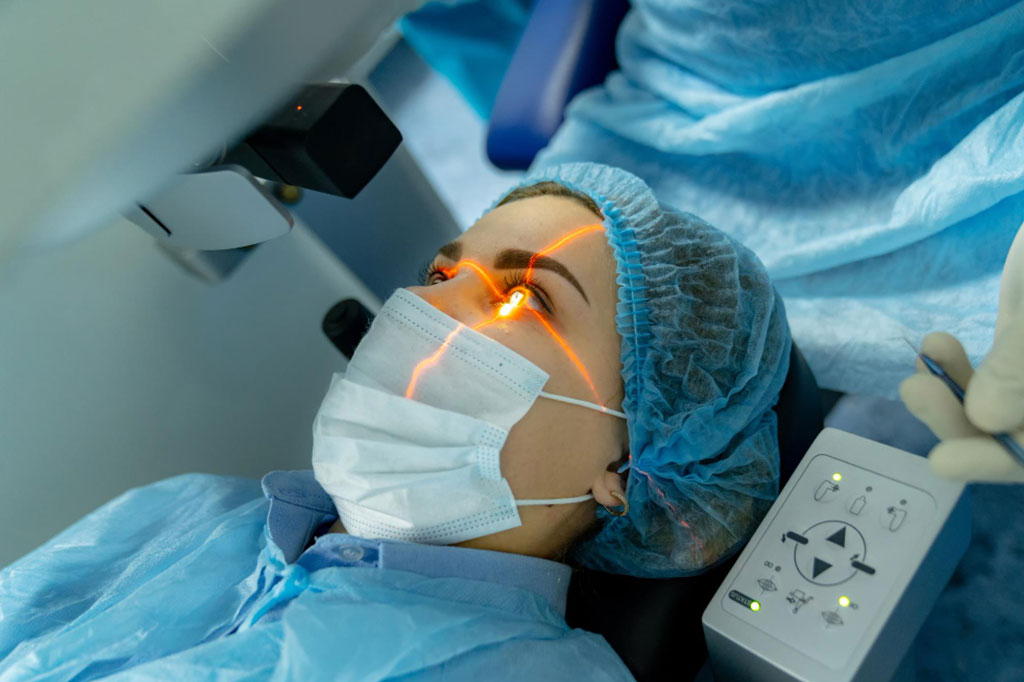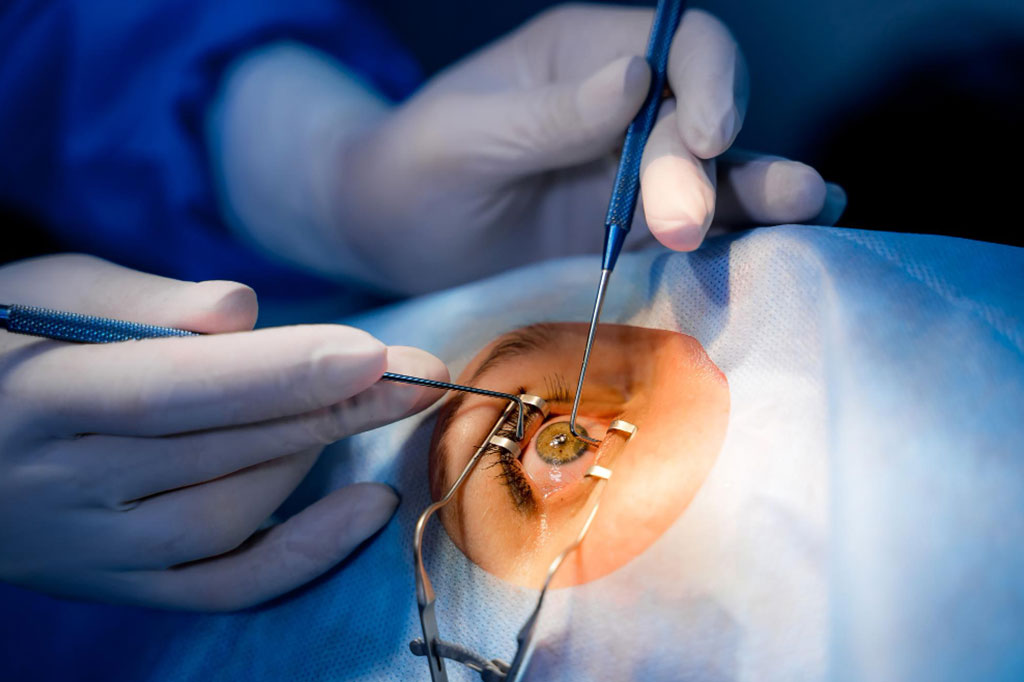
Glaucoma Treatment
Surgery
Different types of surgeries have developed over the years and new techniques continue to emerge. Surgery is usually needed when drops or laser treatment have not adequately controlled the eye pressure. The following are some of the more modern versions of these techniques Mr Bhermi offers.
Generally, glaucoma surgery can be divided into procedures where the aqueous fluid is drained into the sub-conjunctival space, or to another part of the eye, all with the aim of lowering eye pressure. The type of surgery which is suitable for you is influenced by multiple factors and varies from person to person. Mr Bhermi will discuss the relevant options with you to arrive at the most appropriate procedure for your individual situation.
Types of surgery:
All of the options below work by increasing the amount of fluid which leaves the eye via
- The trabecular meshwork
- The Supracilliary space – where aqueous fluid drains into a very vascular area inside the eye and is more easily absorbed into the vascular bed (blood vessels) which then take the fluid away from the eye.
- The sub-conjunctival space (where fluid drains from inside the eye to a fine layer of tissue (tenons / conjunctiva) which is outside the eye.

MIGS procedures:
Minimally Invasive Glaucoma Surgery (MIGS) is used to describe glaucoma procedures which involve minimal manipulation of the eye tissue, and in particular try to avoid manipulation of the conjunctiva. MIGS procedures are commonly performed during cataract surgery, although they can also be conducted as a stand-alone procedure.
Trabecular meshwork surgery:
Aqueous fluid normally travels across the trabecular meshwork into a structure called Schlemm’s Canal and then into blood vessels outside the eye which absorb the aqueous fluid. In glaucoma patients, there is an increased resistance to fluid leaving the eye via the trabecular meshwork.
1. iStent and Hydrus trabecular bypass implants.
These are microscopic titanium implants which bypass the resistance at the trabecular meshwork and allow aqueous fluid to leave the eye more easily.

2. OMNI-360 / iTrack-360 viscocanloplasty
OMNI-360 / iTrack-360 viscocanloplasty–is a procedure which dilates Schlemm’s canal and stretches the trabecular meshwork which in turn increases aqueous flow from inside the eye and into Schlemm’s canal.

3. Supraciliary space:
The Miniject implant is made from a specialised plastic designed to drain aqueous fluid from the front of the eye into the supraciliary space where the fluid is absorbed into blood vessels and drained away from the eye.

Sub-conjuctival drainage procedures:
1. Trabeculectomy
Trabeculectomy is an established glaucoma procedure where a flap (“trap door”) is formed on the surface of the eye and allows aqueous fluid to drain from inside the eye to underneath the conjunctiva where it is absorbed by the surface blood vessels of the eye.

2. PreserFlo Microshunt
PreserFlo Microshunt uses a small biocompatible plastic tube which also allows aqueous to drain into the sub-conjuntival space. The procedure is quicker than a trabeculectomy and involves less intense post-operative care.

3. Glaucoma Shunts:
- Baerveldt Glaucoma Implant (BVT),
- Paul Glaucoma Implant (PGI),
- Ahmed Glaucoma Valve (AGV).
All of these are larger glaucoma implants which drain aqueous from inside the eye to the sub-conjunctival space into a reservoir towards the rear of the eye. These are usually reserved for eyes where an exaggerated healing response of the eye is expected.
